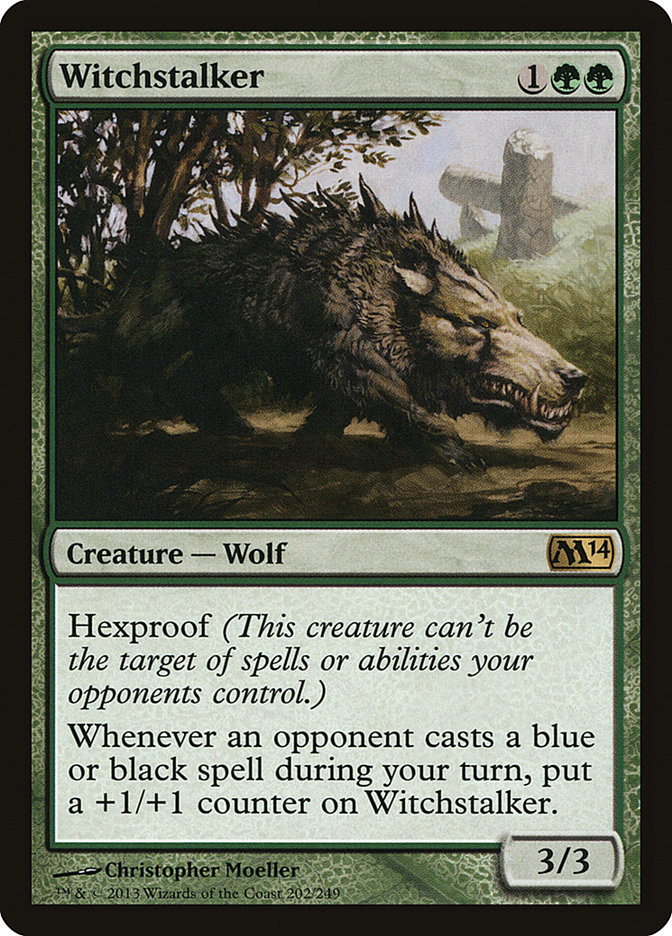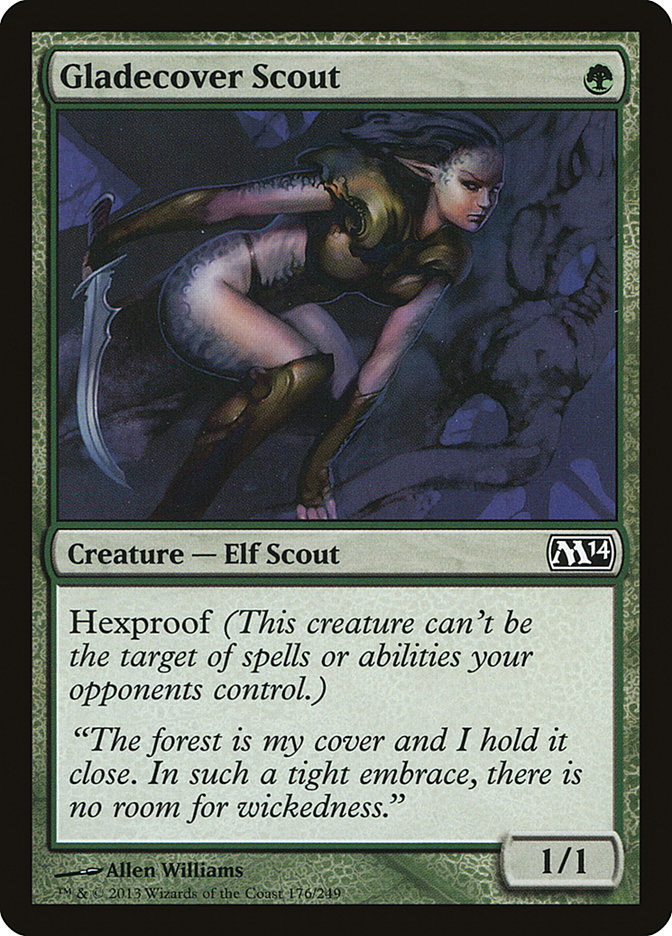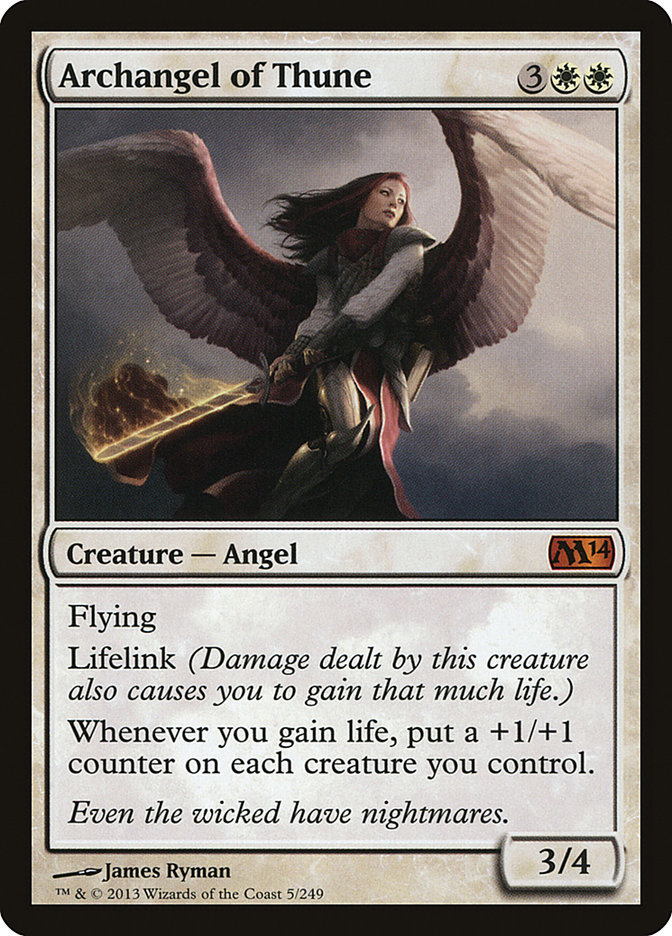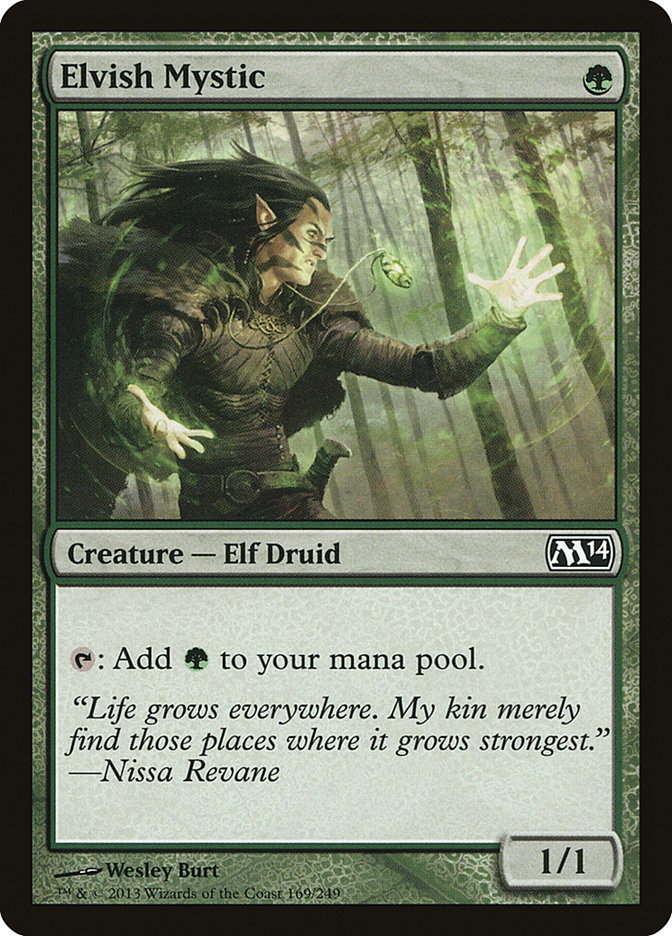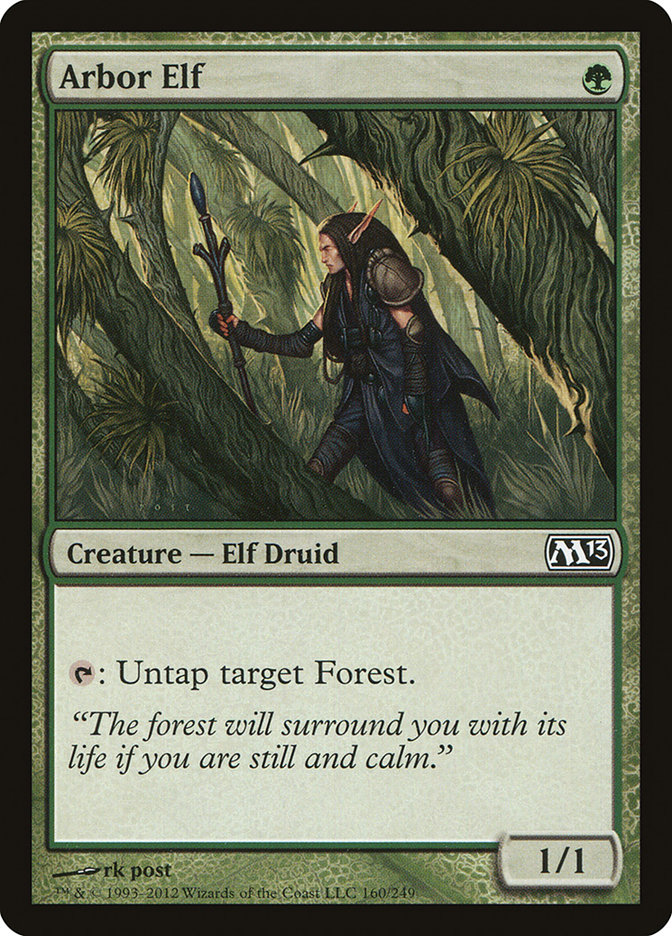“The greats weren’t great because at birth they could paint. The greats were great ’cause they paint a lot.” – Macklemore, “Ten Thousand Hours”
I’ve been on a pretty big Macklemore kick lately. My day job allows me the privilege of listening to music on my computer while working, which is awesome. Pandora and Grooveshark provide me with infinite entertainment for my ears, which helps increase my performance since my job is pretty repetitive. Most of the time it’s filled with Louis C.K. and Aziz Ansari, but this whole week it’s been Macklemore.
Macklemore has plenty of thought-provoking songs in addition to catchy blurbs about thrift shopping, but “Ten Thousand Hours” is one that resonates with me a little bit. On a recent trip to an IQ in North Carolina, I was introduced to the “Ten Thousand Hour” rule by my friend Stephen. Malcolm Gladwell’s books are about how certain circumstances have led to people’s successes; however, he touches multiple times on the “Ten Thousand Hour” rule: that it takes 10,000 hours of dedicated productive practice of something to become an expert at it.
At the time, driving home from the IQ in North Carolina, I didn’t think much of it other than “wow, that’s a lot of hours” and “I guess I could see that.” It wasn’t until this past week while I was listening to Macklemore, you know, like when you listen to an album or song you like over and over so many times you just hate it, that it sparked a few ideas that I want to write about.
Play Magic
You have to actually play Magic to get better at it. When I had a small amount of success playing on the SCG Open Series in 2011, I was still fairly new to the competitive Magic scene. Not that I hadn’t been playing long, as I had played since 1996 during the Tempest era. I had also played in approximately a billion PTQs and Vintage tournaments for Power while I was growing up and sleeping my way out of college in Washington State, but actively trying to take the next step was something that was new for me.
I became friends with players like AJ Sacher and Gerry Thompson by being “the guy that Ryan O'Connor with the afro knows and has all the cards who will let people borrow them.” I always just nodded and smiled, trying to not draw too much attention to myself since I had no idea what was going on. Listening to them talk about aspects of the game like game play, deck construction, and sideboarding, I constantly learned things even though I already had some general knowledge about them. I soaked up as much information as I possibly could, especially when they were talking about new things—new exciting aspects of strategy that I hadn’t even thought about before, like playing to your outs and early game lines of play with an endgame plan.
I was picking up things here and there, which was awesome, but I also noticed that I was playing a lot more Magic. Playing in an Open Series almost every weekend, testing during the week while I was back home in Wichita, playing on Magic Online when I had access to cards; I was getting better by applying the knowledge I was soaking up from AJ and Gerry to the tournaments that I was playing in.
You have to play Magic to get better.
There are multiple magic strategy sites readily available for people with many different articles going live every day. There are so many talented players streaming their game play right now that it’s difficult to even name them all, and we have access to them while they are live and in the archives on their Twitch.tv pages. There is an abundance of Magic strategy and game play that is available for us to consume, more so now than ever before in the history of the game, but we still need to actually play to get better.
This is one thing that I think a lot of people take for granted and even get discouraged about. You can read all of the Brian Kibler, Sam Black, and Gerry Thompson articles in the history of the world. You can copy the deck that 4-0ed the last Daily Event on Magic Online or the deck that won the last StarCityGames.com Standard Open, but if you just go to your next Open or IQ or FNM without practicing, you might lose. That can be discouraging for someone who spent a bunch of time reading about the deck, finding the right decklist, and building the deck exactly as it was when it performed at its highest, but you still have to practice.
Thankfully, we are also in a time where there is a ton of Magic tournaments available to be played in by anyone—including you!
Just play Magic!
StarCityGames.com Open Series
StarCityGames.com IQs (Elite, Super, Regular)
StarCityGames.com Open Trials
Grand Prix
FNMs
PTQs
With just these six different categories of tournaments, you can feasibly play in anywhere from two to three Magic tournaments every week regardless of where you are in the continental United States, especially if you’re willing to drive a couple hours. This doesn’t even take Magic Online into account, where you can literally play any relevant format (save Legacy, which has a tough time firing) at any time on any day. Players like Reid Duke and Brad Nelson broke into competitive paper Magic by playing thousands and thousands of hours on Magic Online.
The strategy and “know how” is readily available for readers and watchers to consume, and there is an all-time high in Magic tournament availability; now we just have to use our resources and put in the hours.
That’s enough of my Macklemore-inspired musings. Let’s talk Standard and M14.
M14 Standard
Last week I had the pleasure of playing an updated Bant Hexproof deck against Brian Braun-Duin Junk Aristocrats update in our Versus video. While the power of the Rock Lobster wasn’t with me and I ended up losing 2-3, I did gain some valuable knowledge about the deck.
Creatures (18)
Lands (23)
Spells (19)

First and foremost, any game where I had Invisible Stalker on turn 2 (regardless of being on the draw or on the play) I felt like I was miles ahead and something terrible had to happen for me to lose. On the flipside, I felt like every game where I didn’t have Invisible Stalker I was behind. The opponent’s inability to interact with Invisible Stalker is just too powerful; however, the deck mulligans poorly, so it’s very risky to mulligan aggressively for an Invisible Stalker.
The two new hexproof creatures, Gladecover Scout and Witchstalker, were interesting. I felt like Witchstalker was pretty poor, as costing three mana and not being Geist of Saint Traft was too much of a drawback. Maybe Ascended Lawmage is better. Gladecover Scout was good, but it does lead to some awkward draws where they can chump and pull ahead.
Someone suggested in the comments of the video that maybe Gift of Orzhova is worth playing now that we have Gladecover Scout, and I think that’s probably right. The main question now is “how many creatures do we want to play?” With twelve hexproof creatures (Gladecover Scout, Invisible Stalker, and Geist of Saint Traft) and Avacyn’s Pilgrim, do we even need to play another two or three creatures? Maybe those slots should just be Gift of Orzhova.
I expect to see a fair number of Bant Hexproof decks on Sunday this weekend at SCG Standard Open: Richmond, so you should definitely be prepared to combat Invisible Stalker and the rest of the Hexproof crew.
The card that has surprised me the most so far in our testing for Richmond and the SCG Invitational in Somerset, New Jersey has been Mutavault. In our aggressive decks, it has been awesome; from getting pumped from Mayor of Avabruck to making a 2/2 Zombie with Xathrid Necromancer, it’s been very sweet. Mutavault has also shined in a few control decks, allowing us to actually win the game after the long drawn-out attrition battle or helping protect a planeswalker or two.
I expect to see great things from Mutavault as we move forward in the Standard format, and I imagine it’ll only get better with the rotation after Theros comes out. With the ten buddy lands leaving the format, unless Theros has an awesome cycle of duals in it I can see a lot more two-color decks, which leaves even more room for Mutavault. Even though it’s just a rare, I still think $15 is a little cheap—I recommend picking these up.
As we saw in one of the games in last week’s Versus video against BBD, Archangel of Thune is a beating. When combined with already powerful cards like Blood Artist and Scavenging Ooze, Archangel of Thune puts games away very quickly. Even on its own, it’s a 3/4 flying lifelink creature that Townships your team. I’m not sure if I can agree with BBD’s claim that it’s “better than Baneslayer Angel,” but I do see it having a pretty big impact on Standard. I can see this card being effective in a Junk Aristocrats deck like BBD played and also in the B/W Humans decks that will be played in the new format. Xathrid Necromancer with Gather the Townsfolk, Doomed Traveler, Cartel Aristocrat, and Blood Artist is pretty powerful, and Archangel of Thune just adds to the beating.
One strategy that I want to explore is something along these lines:
Creatures (29)
- 4 Acidic Slime
- 4 Elvish Archdruid
- 4 Arbor Elf
- 2 Scavenging Ooze
- 2 Avacyn's Pilgrim
- 2 Craterhoof Behemoth
- 4 Thragtusk
- 3 Sylvan Primordial
- 4 Elvish Mystic
Planeswalkers (4)
Lands (24)
Spells (3)

I have a dream of playing an Acidic Slime on turn 3, Garruk, Caller of Beasts on turn 4, using his -3 to put a Sylvan Primordial into play, using his +1 on the following turn to find a Craterhoof Behemoth, and then casting it to kill my opponent. This is probably a little loose, but it sure does look fun. We have Elvish Archdruid for a few months, and we have both Elvish Mystic and Arbor Elf, so there has to be something we can do with them, right?!
I don’t really have a sideboard for this yet, but I can imagine that you would want the maximum copies of Scavenging Ooze and probably some Plummets for cards like Olivia Voldaren. Bonfire of the Damned, Supreme Verdict, and Terminus are all bad times for a strategy like this, but when we’re all in on mana dorks, what can we expect? It could also be right to play Restoration Angel alongside some Temple Gardens and Sunpetal Groves for our Acidic Slimes and Sylvan Primordials.
This weekend in Richmond, the Open on Saturday will be Team Sealed, and I’m extremely excited! I was able to play in one of the Prerelease flights last weekend at the Star City Game Center, and I feel like I learned a lot about the format. Rather than give you some paragraphs to slog through, let’s break down the important things I learned in quick sound bites.
- With Doom Blade at uncommon, the only common black removal spell costs five mana (Liturgy of Blood).
- Chandra’s Outrage is probably the best common in the set.
- Green has a lot of awesome dudes at common, notably Advocate of the Beast, Rumbling Baloth, and Spore Mound.
- Jace’s Mindseeker is even better than I imagined.
- Naturalize and Solemn Offering are maindeckable 100% of the time.
- Most of the removal accessible in blue and white are enchantments (Pacifism, Claustrophobia, Sensory Deprivation).
- 4/4 is the “sweet spot” for awesome creature, and any five power or toughness creatures are awesome—hellooooo Siege Mastodon (Tim Aten is such a proud father).
- Slivers are extremely powerful. However, with only six packs, you have to get really lucky to have a good Sliver deck. In Team Sealed, I’d expect almost every team to have a Sliver deck.
- Stay two colors! With only Lay of the Land, Verdant Haven, Darksteel Ingot, Shimmering Grotto, and Manaweft Sliver, we don’t have many “good” fixers that would make me want to play a deep three-color deck.
- Nephalia Seakite is much better than we all think it is right now.
- The rares and mythics are very good, even more so than we are used to, due to the format being extremely slow.
- Expect most successful aggressive strategies to have multiple Lava Axes.
That’s about it for this week. Next week, I’ll have some musings from SCG Open Series: Richmond along with Standard and Legacy decks to talk about as we get closer to the StarCityGames.com Invitational in Somerset, New Jersey.
A lot of people have asked how I would sideboard against control decks with the Bant Hexproof list I played in the Versus video last week. Against most control decks, I would side like this:
+3 Voice of Resurgence
+3 Rootborn Defenses
+2 Advent of the Wurm
-3 Witchstalker
-3 Simic Charm
-2 Unflinching Courage
Voice of Resurgence makes them play on your turn and gives you a threat after they Supreme Verdict, and Rootborn Defenses with Advent of the Wurm allows you to sit back and just attack with one of your hexproof threats. Eventually, they will have to try to stop it; Advent of the Wurm lets you put pressure back on without committing on your turn, and Rootborn Defenses counters Supreme Verdict.
I’ll see everyone in Richmond! Feel free to stop me and say “hi!” I love hearing from people who’ve read my articles.
<3 CVM
@Chris_VanMeter on Twitter
www.facebook.com/chris.vanmeter.58 on Facebook

